Ready to gear up and level up your shooting safety game? Then you need a plate carrier. Designed for everyone, from a seasoned gun shooter to a law enforcement officer, a plate carrier is definitely a tactical wardrobe upgrade. So, if you're all about outdoor escapades or enjoying some target practice, here's a thorough guide on plate carrier setup.

Choosing a Plate Carrier
Let's talk about the importance of selecting the perfect carrier before we get into the nitty-gritty of setting it up. Choosing the right one can make all the difference when it comes to your safety and protection.
Some of the factors to consider are as follows:
Factor #1 - Fit
A proper fit of your plate carrier is crucial to ensure that the plates stay secure on your chest and back. This helps prevent any shifting during movement. So, how should a plate carrier fit? It should be snug enough to keep those plates securely in place, but not so tight that you're gasping for air like a goldfish.
Getting the perfect fit is all about trying on different sizes and models to find the one that suits your body type. With the right fit, you'll have full range of motion and no awkward shuffling or painful pinching!

Credit: AceLinkArmor
Factor #2 - Plate Carrier Sizing
Plate carriers come in different sizes and choosing the right size is essential. The plates should cover your vital organs and offer sufficient protection without being too bulky or hindering movement. Consider the size of the plates as well, as they can significantly affect the weight and size of the carrier.
 Credit: AR500 Armor
Credit: AR500 Armor
Factor #3 - Material
Plate carrier vests are usually made of woven or fibrous materials such as Kevlar, Twaron, Dyneema, and nylon. Each one comes with its own set of benefits and drawbacks. The fabric choice can impact the carrier's durability, weight, and flexibility.
For example, Kevlar is lightweight, flexible, and super strong, but it may put a little extra strain on your wallet. On the other hand, nylon is durable, reliable, and perfect for the budget-conscious hero.
 Credit: Qore Performance
Credit: Qore Performance
And what's the best choice for you? Well, it all comes down to the demands of your activity and your budget.
Are you planning on tackling some serious outdoor adventures? Maybe go for a more flexible material. Or you’re looking for a more affordable option for your weekend warrior missions? Nylon might be your go-to.
Whatever your needs and preferences, make sure to give it careful thought before choosing a material.
Factor #4 - Purpose
There are different types of plate carriers, each designed for another purpose. The nature of the activity and the level of protection required should guide your selection.
For example, military plate carriers tend to be heavier and bulkier than civilian ones. In contrast, law enforcement carriers may offer more personalization options.
We came across a top-notch plate carrier that we recommend for its excellent balance of comfort, durability, and protection - check it our below.
Plate Carrier Setup
Setting up your plate carrier properly is important for optimal comfort and functionality. Once you've chosen a carrier that fits your body and meets your needs, you can move on to the 'setting up' phase.
Here's a step-by-step guide for an optimal plate carrier setup:
Step 1: Attach Pouches
Decide the type and number of pouches you need for your mission or activity and attach them to the carrier. Adding too many pouches can make the carrier bulky and uncomfortable, so prioritize your essentials.

Step 2: Adjust Straps and Cumberbund
Adjust the shoulder straps and waistband of the carrier to fit snugly but comfortably around your body.
Begin by opening the shoulder pads (if applicable). Next, assess your torso dimensions and either elongate or retract the slack in the shoulder strap accordingly. Do the same with cummerbund.

Step 3: Position Plates
Place the plates in the carrier, ensuring they cover your vital organs and offer adequate protection. Ensure they sit securely in the carrier without gaps between them.

Step 4: Adjust Pouches
Adjust the pouches on your plate carrier to ensure they are in the correct position. This will prevent interference with movement or access to essential items. Consider the weight distribution of the pouches and adjust them accordingly to achieve a balanced plate carrier loadout.
Additional Plate Carrier Setup Tips
Some additional plate carrier setup tips for achieving a comfortable and functional fit:
- When trying on a plate carrier before buying, it is recommended to wear it over a layer of clothing. This layer should mimic the thickness of your actual gear to ensure a proper fit.
- To ensure the carrier doesn't restrict your range of motion, perform different movements such as bending, crouching, and reaching.
- Experiment with different pouch configurations to find the most comfortable and accessible setup for your needs.
- Take breaks and adjust the carrier during prolonged use to alleviate pressure points and ensure a comfortable fit.

Plates
The plates are the heart of any carrier, providing the essential protection to save your life in high-risk situations.
They are typically made of hard materials such as ceramic, steel, polyethylene, or a combination of these materials.
Steel is the traditional standard for plate carriers, but ceramic is gaining popularity due to its lighter weight.
Polyethylene (UHMWPE) is another option that can withstand multiple hits and is lighter than steel or ceramic. Still, it is more expensive than the other materials.

Choosing Suitable Plates
Follow this quick guide to help you choose the most suitable plates based on your needs.
Consider the Weight
The weight of the plates is an important consideration, especially if you plan to wear the carrier for an extended period. Look for plates that strike a balance between protection and weight.

Choose the Proper Protection Level
Choose plates that offer the right level of protection based on the threats you might face.
If you're just out there doing some light moving target practice, you don't need plates that can stop a tank shell. On the other hand, if you're heading into some serious combat situations, you want to make sure your plates can handle the heat.
So, when choosing your plates, think about the threat level you might face and choose accordingly.

Keep the Cost in Mind
We know the struggle of wanting to be bulletproof on a budget.
While cheaper plates may save you some cash upfront, they may not offer the same level of protection as the more expensive ones. It's important to find that sweet spot between price and protection.
Pouches
In addition to plates, a plate carrier can be personalized with a range of pouches. From magazine pouches to med kits to utility pockets, you can customize your plate carrier to fit your needs.
Not only does this personalization up your functionality game, but it also adds some serious convenience. No more fumbling around for that spare magazine or trying to dig out your first aid kit. It's all right there, at your fingertips.
Types of Pouches and Accessories

Some of the pouches that can be added to a plate carrier are:
Mag Pouches: Mags pouches hold extra ammunition for your firearm.
Admin Pouches: Pouches designed to hold small items like maps, flashlights, and pens.
Hydration Systems: These systems allow you to carry water or other liquids for easy access while on the move.
Check out this CamelBak Hydration Pack here on Amazon. It boasts dual zippers for easy refill, insulated front and back panels, and infra-red compliant materials.
Medical Pouches: These pouches hold medical kits (medical supplies) for emergency medical situations.
Utility Pouches: These versatile pouches can hold various items, such as tools, batteries and communication devices.
Explore the versatile Condor gadget pouch. Ideal for small electronics and utilities, the MA26 model suits daily, outdoor, or duty use.
Another possibility is to wear a chest rig over your carrier. Chest rigs are convenient as they offer more space to store tactical gear. But keep in mind - they add even more weight!
Picking and Arranging Pouches and Accessories
When selecting and arranging pouches and accessories, consider your specific needs and the tasks you will likely face in the field.
Here are some tips:
Prioritize Accessibility: Place frequently used items within easy reach to minimize the time and effort required to access them.
Balance Weight Distribution: Distribute weight evenly across your plate carrier. This is to avoid putting too much strain on one part of your body.
Tailor to Your Needs: Tailor your pouches and accessories to your needs rather than simply copying what others have done. Experiment with different configurations to find what works best for you.

Safety and Plate Carrier Setup
Safety should always be the top priority regardless of the activity. That's why it's crucial to use proper protective gear, especially when engaging in activities like shooting.
Wearing a tactical plate carrier can greatly enhance your protection and safety. However, it is crucial to ensure that it is set up properly to avoid discomfort, hindrance of movement, and possible injuries.
A poorly configured plate carrier can negatively impact your performance and even put you in harm's way. Therefore, invest time and effort into setting up your plate carrier according to your needs and the demands of your activity.
To ensure your safety during activities such as shooting, wearing a plate carrier is optional in most circumstances. However, proper eye and ear protection is not. Take the time to carefully choose high-quality personal protection gear. TradeSmart offers Essential, Professional, and Premium Safety Kits with different contents to suit your needs.
We love to make things easier for you, so we give a 10-year warranty on our products and FREE SHIPPING!
TradeSmart donates a percentage of profits to charities that help underprivileged children. By choosing our US-certified shooting gear, you can support charitable causes at no extra cost to you.
Conclusion
Choosing the proper plate carrier setup is essential for anyone who needs to protect themselves in potentially dangerous situations. Considering factors like fit, size, material, purpose, and plate selection, you're ensuring yourself with proper protection and comfort.
Once you have selected your plate carrier and plates, setting them up correctly is essential. Follow the step-by-step guide and tips for achieving a comfortable and functional fit. Add pouches and accessories to customize your plate carrier to your specific needs.
Remember that a plate carrier is only one part of your protection strategy. Always follow proper safety protocols and seek professional guidance if you need help using your equipment correctly.
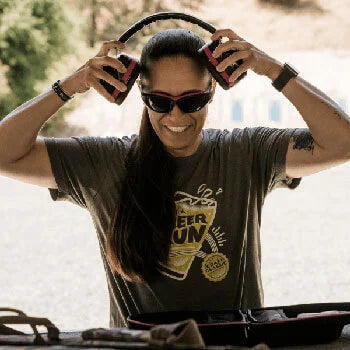
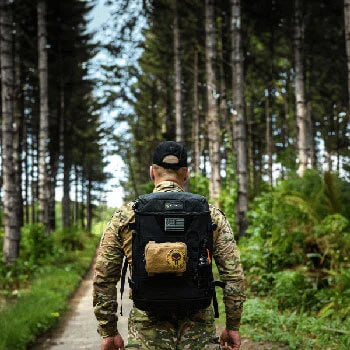
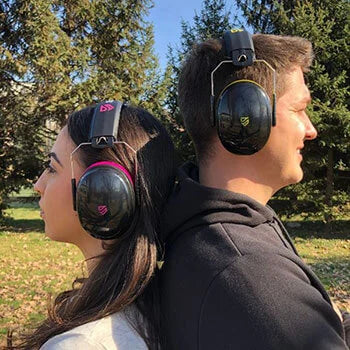
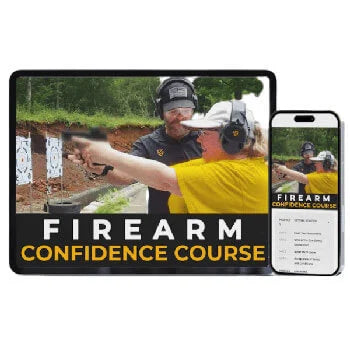
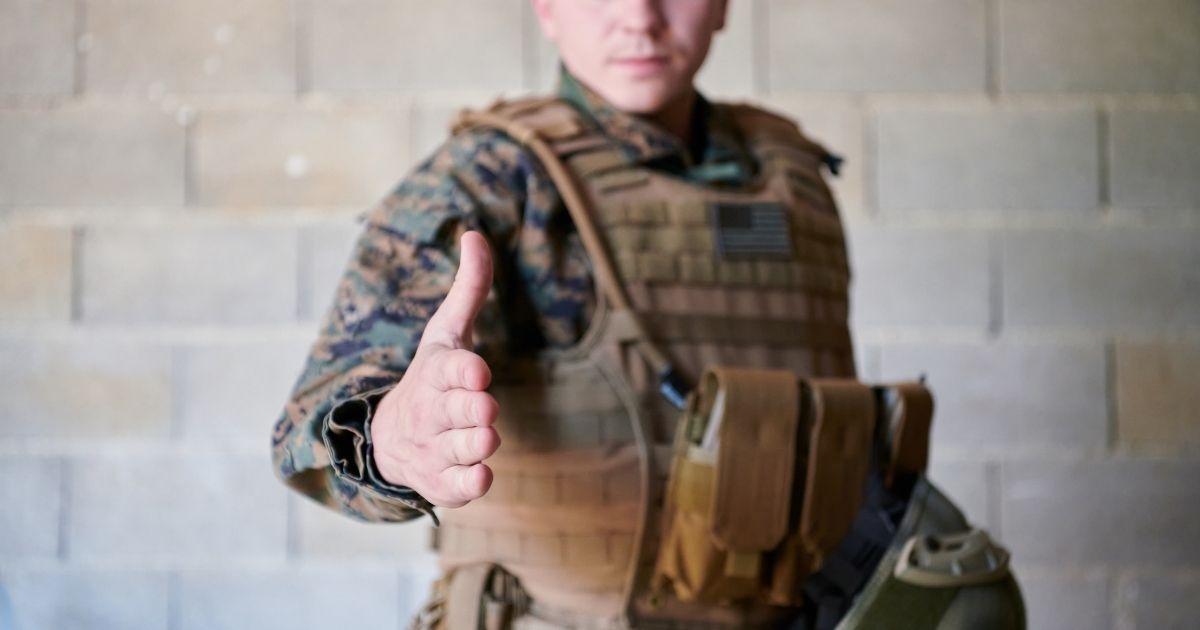





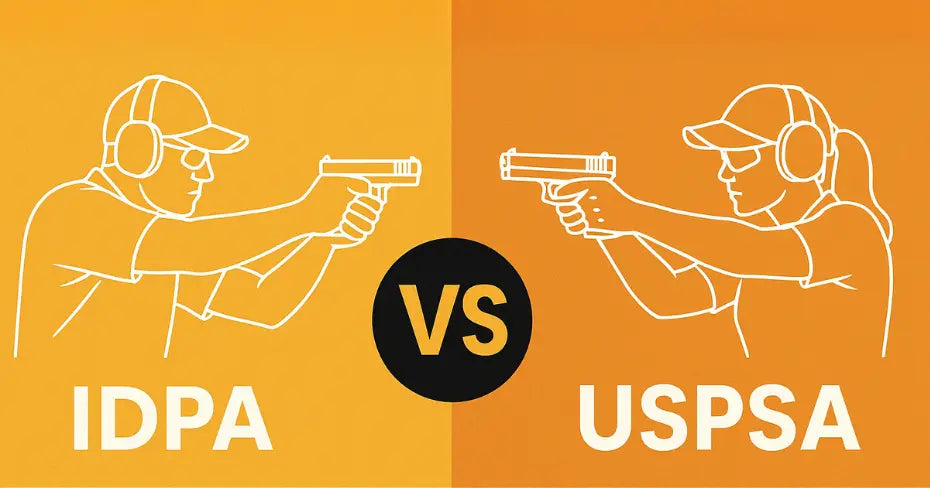
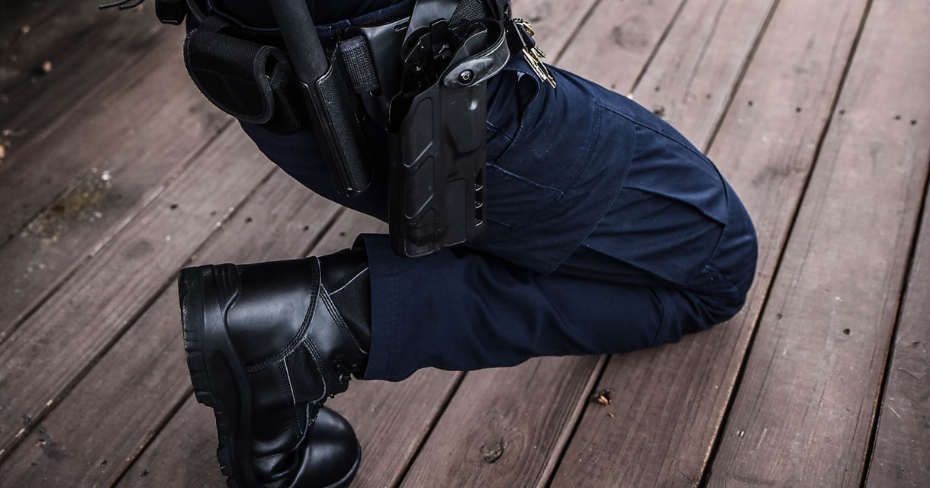
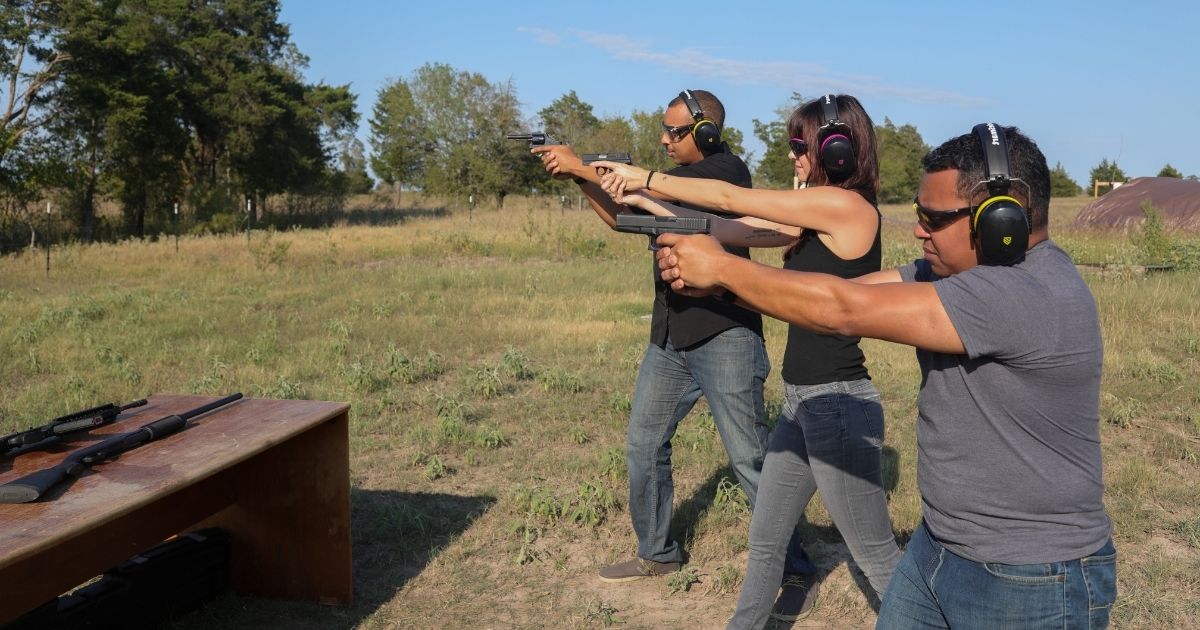
Leave a comment (all fields required)